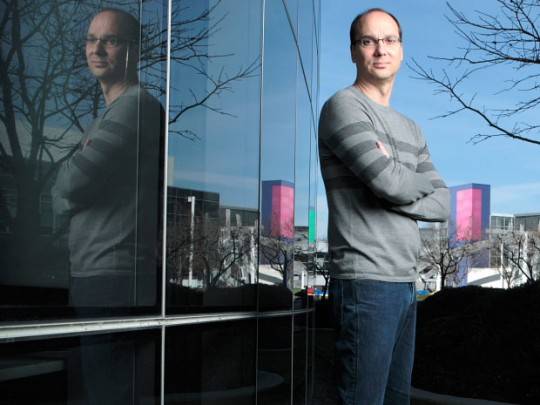
Amazon has just revealed its robot-powered drone delivery plans. Now Google is also coming out with its more subdued vision for a more practical robot-filled future. And the tech giant has just the right man to lead it forward in the person of Android’s own Andy Rubin.
Rubin is probably more known in recent times as the man behind Android, but before he became that, he was very much into robotics. He started off his job at Carl Zeiss as a robotics engineer before heading of for Apple as a manufacturing engineer. Last March, Rubin stepped down from his position as Android lead but remained employed in the company for other projects. Apparently, that involved taking the company into a venture that is slightly outside of its usual comfort zone.
Google isn’t entirely new to intelligent automated systems. After all, it did cause a resurgence of interest in automated driving systems due to its self-driving cars. However, diving into the field of robotics head on is quite new. It hasn’t yet disclosed what its exact plans are, but many believe the immediate goals are less fantastic than Amazon’s delivery toys and more beneficial in the long run. For example, Google’s robotics resources are expected to zero in on improving or automating manufacturing processes in order to free up humans for more important and less repetitive tasks.
Whatever those plans are, Rubin must have had one hell of a sales pitch. He has reportedly managed to convince Google’s founders to invest a substantial amount into the effort. That amount is, of course, undisclosed, but it has allowed Rubin to acquire seven robotics and artificial intelligence companies in Japan and in the US that work on things ranging from computer vision systems to robot arms to humanoid robots.
Unlike dreamy projects arising from Google’s X labs, the robotics arm of the company aims to get products out as soon as possible. While those may not be targeting consumers yet, one can hope Google will have plans for less industrial robot products in the future. Perhaps even something that runs our favorite Android OS.
SOURCE: New York Times
VIA: Larry Page









